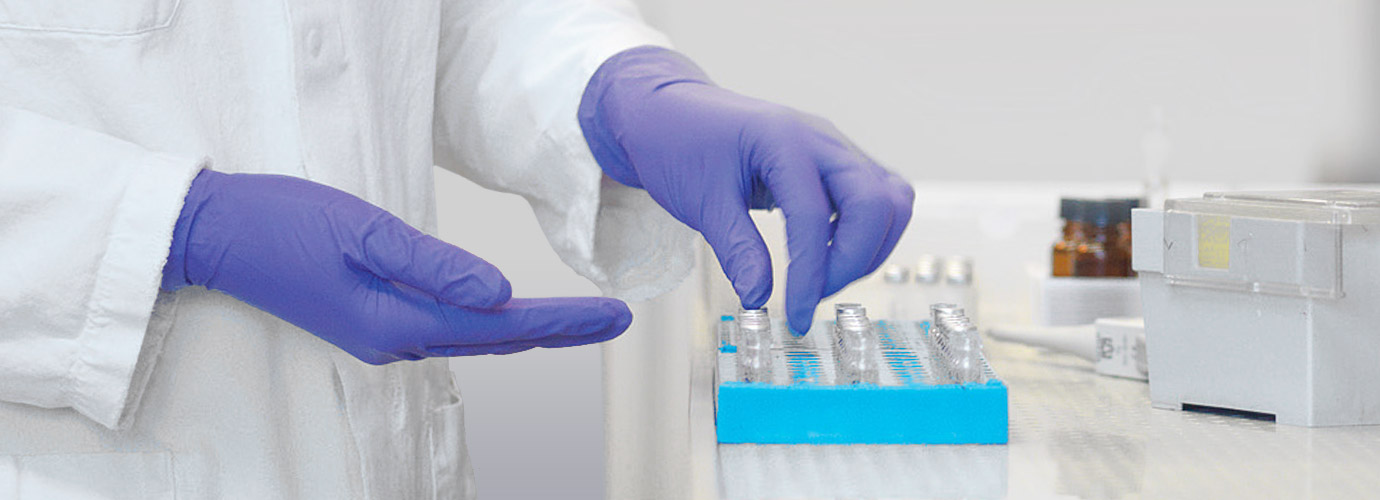Which home remedies work?

01.2021
Dr. oec. troph. Stephanie Ruf, Nutritionist
Chicken soup for colds and ginger for nausea? Do these home remedies really work and is there any scientific evidence to prove it?
In general, study results on home remedies can only be seen as indications but not as substantial proof of their efficacy.
Chicken soup for colds
Chicken soup is considered to be a cure for colds because of its supposed anti-inflammatory properties. One study was able to prove that the soup has a slightly curative effect on viral infections (Rennard 2000), which another study attributed to the dipeptide carnosine (Babizhayev 2012). The authors, however, point out that the effect only lasts for a short period of time. In practice, the soup would have to be eaten more frequently throughout the day.
Cranberries for urinary tract infections
Cranberries are particularly popular for the prevention of urinary tract infections. According to a systematic review of 24 studies, a slightly curative effect can be observed but is not statistically significant (Jepson 2012). Another review does find evidence of a curative effect of cranberry juice (but not of the tablets), particularly on recurrent infections and especially in children and women (Wang 2012). The question remains whether children would drink this bitter and sour juice.
Please note: Drinking large quantities of this juice can cause gastrointestinal complaints, and diabetics should only drink it in moderation.
Honey for coughs and wound treatment
There is only weak evidence both for and against honey as a cough remedy (Oduwole 2014). There is, however, plenty of evidence from reviews of honey relieving upper respiratory tract infections by reducing coughing in patients, thereby allowing them to sleep better (Paul 2007, Nitsche 2016, Dorsch 2019). This is why offering coughing children in particular hot beverages with honey can be beneficial.
Reviews provide no convincing evidence of a healing effect of honey on wounds, which may also be due to the disparity of the wound types investigated.
Please note: Why infants shouldn’t be fed honey(not in childhood)
Cloves/clove oil
The crucial active ingredient in clove oil is eugenol. Due to its analgesic effect, dentists use it as a topical anaesthesia (comparable to benzocaine). Eugenol is also said to help with gastrointestinal complaints (Gratzl 2007).
Bananas for diarrhoea
A double-blind study in Bangladesh found an improvement of diarrhoea in children (5-12 months) after adding green bananas to their rice (Rabbani 2001).
Ginger for nausea
The data supports the curative effect of ginger (compared to placebos and vitamin B6) on nausea and vomiting (O’Donnell 2016).
Valerian for sleep disorders
Studies suggest that valerian drops improve sleep quality, but the validity of the data is in parts diminished by methodological deficits (Bent 2006).
No evidence was found for onions having an effect on otitis media or as calf compresses on fever. The use of calf compresses (without antipyretics) must be viewed critically as they encourage the body to produce even more heat.
Article:
Dörflinger R: Hausmittel mehr als Placebo? (DFP-Literaturstudium) Ärztemagazin 2017; 2: 18- 21.
References:
Rennard BO et al., Chest 2000; 118:1150-1157
Babizhayev MA et al, Am J Ther 2012; 19:e25-47
Jepson RG et al., Cochrane Database of Systematic Reviews 2012; 10; CD001321
Wang CH et al., Arch Intern Med 2012; 173:988-96
Oduwole O et al., Cochrane Database Syst Rev 2014; CD007094
Paul IM et al., arch Pediatr Adolesc Med 2007; 161:1140-1146
Dorsch W. Unsinnige Husten-Therapien vermeiden. MMW - Fortschritte der Medizin 2019, Vol. 161, Issue 4:30–30
Nitsche MP et al., Medwave 2016; 16 Suppl. 2:e6454
Gratzl M et al., Gastroenterology 2007; 132:1890-1901.
Rabbani GH et al., Gastroenterology 2001; 121:556- 560
O’Donnell A et al., Health Technol Assess 2016; doi: 10.3310/hta20740
Bent S et al., Am J Med 2006; 118:1005-1012
Niehues T. Das fiebernde Kind: Diagnostisches Vorgehen und Behandlung. Dt. Ärzteblatt 2013; Jg. 110, Heft 45:764-775


